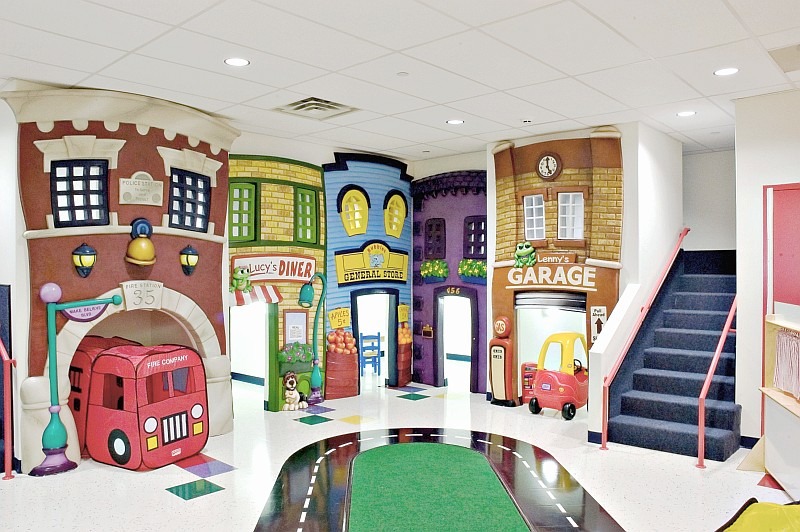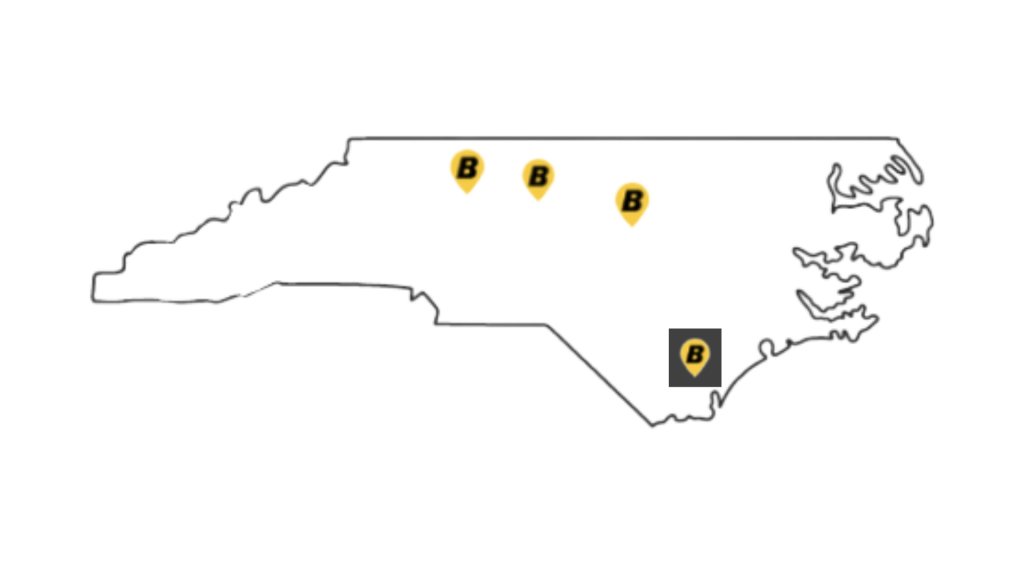Most daycare operators ask the same question when they want to build a new daycare facility or do an addition to their existing building: “What’s it going to cost?” If you’re at this stage with your daycare project, this article will assist you in understanding the cost factors that come into play.
The size of the building, site conditions, and materials to be used are obvious drivers of the total project cost. Your daycare design-build contractor can work with you to develop a budget based on these factors. However, multiple other factors should be considered in the estimating phase, including the following:
- Information gathering to inform better design
- Evaluating initial cost vs. life cycle cost
- Understanding long-term maintenance costs
- Planning for future business growth
Information that informs better daycare design
Before diving into the architectural phase, it’s well worth the time (and possibly money) to gather information and ideas to better inform your project decisions. Professional engineers and consultants – and even other daycare owners – can provide valuable insight into the design and construction of your building. There is a broad spectrum of options to consider, depending on the goals of your daycare business.
For example, many states use a Quality Rating and Improvement System (QRIS) to help parents understand the quality of child care, which includes assessment of not only the child care provider and program but the facility itself. In North Carolina, QRIS is determined by a star-rated system, and in South Carolina, QRIS is dictated through an ABC rating method.
Knowing which rating your daycare wishes to qualify for will help you understand appropriate costs early in the process. Obtaining the highest ratings requires multiple learning centers, a mix of indoor and outdoor learning environments, and achieving standards for health and safety compliance. All of this must be incorporated into your building plan.
Initial cost vs. life cycle cost of your daycare facility
Return on investment or ROI is a common term used today, and it’s applicable to daycare facilities. Incorporating components or systems into your building that have a higher initial cost but operate more efficiently or have a longer life can result in future savings, which will offset the cost of the original price tag. An HVAC system with a higher SEER rating, upgraded insulation in the roof and walls, a tankless water heater, and light fixtures that use LED lights are among the many upgrades worth evaluation.
When weighing upfront costs vs. life cycle costs, calculate the time you will need to recoup your initial investment. The less time required, the better your ROI and the more sense it makes to spend the extra money up front.
Ongoing maintenance costs for a daycare
Another facet of life cycle cost is the expenses associated with ongoing facility maintenance – whether they be direct or indirect costs. Consider your maintenance expenses carefully before making final selections for your building materials and systems.
From flooring and wall treatments to playground equipment and landscaping, essentially all of the exterior and interior material selections could impact future maintenance and repair costs. Various materials have different maintenance requirements. The most appropriate material for the space depends on its intended use and expected wear and tear.
Planning for future needs
Most daycare owners want to build a facility that meets their needs for the next 10 years. If this your goal, it’s important to design a building that allows for growth and anticipates evolving building requirements.
For instance, consider the capacity of your HVAC and electrical systems and how they might impact potential growth. Also, think about the space your daycare center may need in the future to accommodate children and staff. Will you need a fully equipped kitchen area, an indoor play area, or a pick-up and drop-off area – now or in the future?
Proactive planning will reduce the impact of or perhaps even the need for future interior renovation and demolition of site components.
A question best answered with other questions
In conclusion, it’s not so simple to answer to the question: “How much does it cost to build a daycare?” But you can arrive at the right answer for your business by asking a series of questions and making sound decisions throughout the process. There is no “right” approach that fits every situation. Each decision must be made by the daycare facility owner to balance their needs and those of the children with the scope of budget.
At Bobbitt, we utilize a single-source delivery method called design-build that incorporates budgeting through all stages of the construction process. If your daycare is looking to build a new location, view our portfolio of educational and daycare facilities, and contact one of our offices to learn how we can help you.


